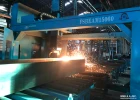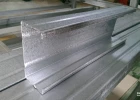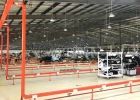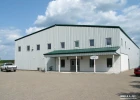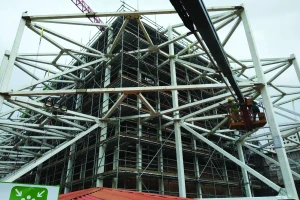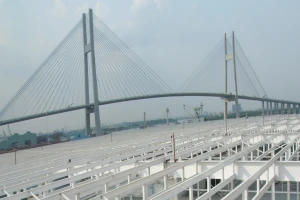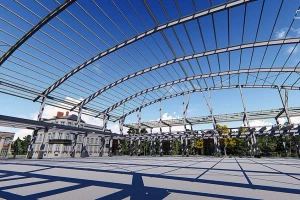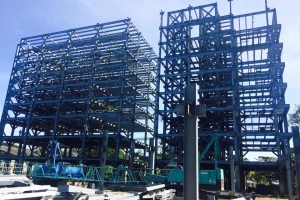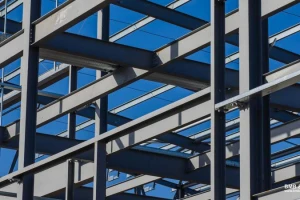The importance of quality control in the construction of steel structures
In the construction industry, quality control is a critical aspect that ensures the integrity, safety, and longevity of structures. This holds particularly true for steel structures. To successfully carry out a steel structure project, rigorous quality control measures must be implemented throughout the construction process. This article shall explore the significance of quality control in the construction of steel structures.
1. A brief introduction to quality control in construction
Quality control is a crucial aspect of the construction industry that involves systematic measures to ensure that construction projects meet specified standards and requirements. It encompasses various processes, techniques, and inspections implemented throughout the construction lifecycle to achieve desired levels of quality, safety, and performance.
In construction, quality control focuses on identifying and preventing defects, errors, and deviations from established standards. It involves rigorous monitoring, testing, and verification of materials, workmanship, and processes to ensure that the final product meets expectations.
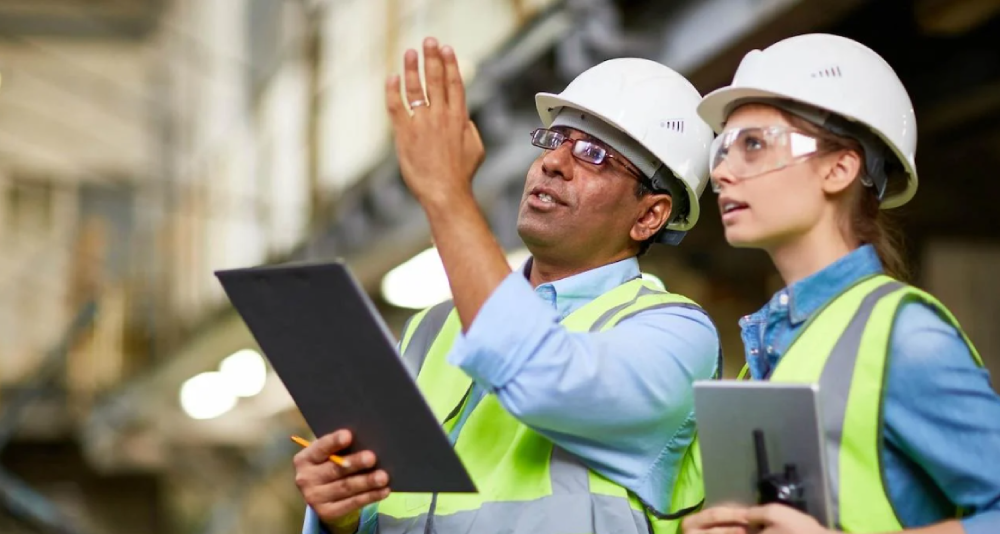
2. The importance of quality control in the construction of steel structures
Quality control plays a pivotal role in ensuring the success of construction projects as it offers a multitude of advantages, including:
2.1 Enhancing safety
Quality control in the construction of steel structures plays a vital role in ensuring the safety of all stakeholders involved in the project. Through meticulous inspections and adherence to stringent standards, potential hazards and risks can be identified and promptly addressed. This includes verifying the quality of materials used and ensuring that the workmanship meets the required standards, minimizing the likelihood of accidents or structural failures.
2.2 Optimizing efficiency
Quality control measures in steel structure construction contribute to improved efficiency by ensuring that the project progresses according to the approved plans and specifications. By closely monitoring the construction process, potential deviations or errors can be identified early on, preventing costly delays and rework. This streamlined approach enhances productivity, enabling projects to be completed within the designated timeframe and budget.
2.3 Cost-effective
Implementing quality control measures in steel construction mitigates the risks of errors and rework, resulting in significant cost savings. By identifying and rectifying issues during the construction phase, potential major problems that could arise later in the project's lifecycle are minimized. This proactive approach eliminates the need for costly retrofits or repairs, optimizing resource utilization and reducing overall project expenses.
2.4 Superior quality output
Quality control ensures that the final steel structure aligns with the client's requirements and expectations. By rigorously monitoring the selection and usage of materials and equipment, adherence to specified standards is maintained. This commitment to quality translates into a superior end product that not only meets durability and performance criteria but also exhibits enhanced longevity and reduced maintenance needs.
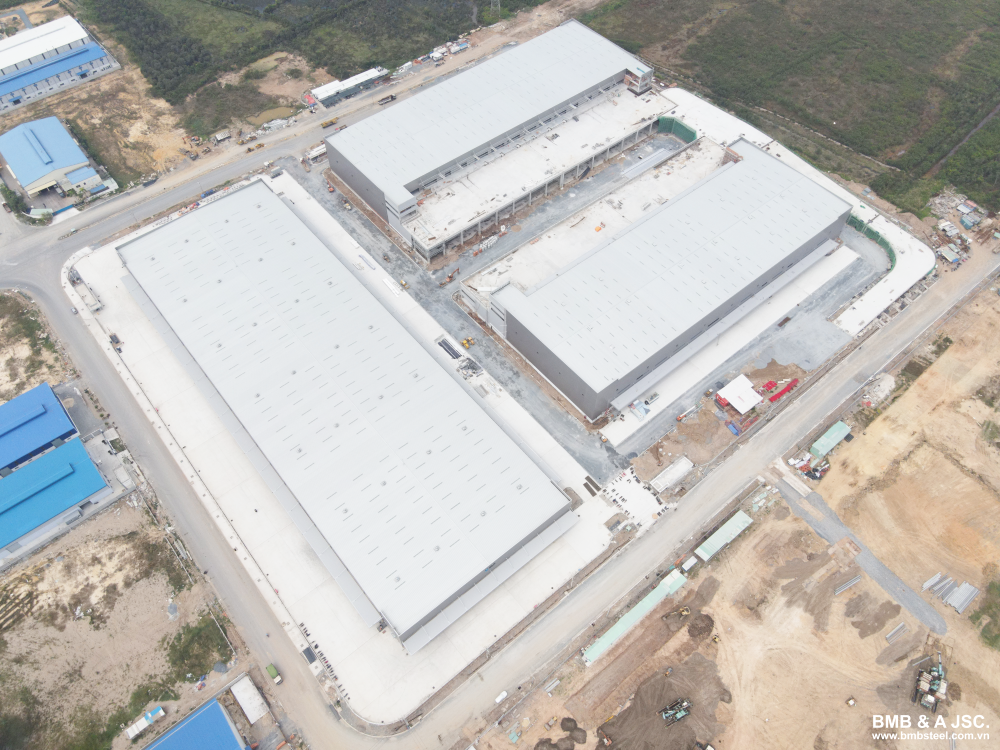
2.5 Enhanced reputation
A robust quality control framework in steel structure construction contributes to a contractor's and company's reputation. By consistently delivering projects that comply with standards and specifications, trust is built among clients and industry peers. A sterling reputation for delivering high-quality steel structures increases the likelihood of securing future projects and fostering long-term business relationships.
2.6 Compliance with Standards
Quality control ensures strict adherence to legal and industry standards in the construction of steel structures. By meticulously following regulations and codes, potential legal issues and disputes arising from non-compliance are mitigated. This commitment to compliance not only safeguards the interests of all stakeholders but also upholds the industry's integrity and professionalism.
3. Quality control processes in the construction of steel structures
- Structural integrity and safety: Quality control is essential for ensuring the safety and structural integrity of steel buildings. It minimizes the risk of failures and hazards by testing materials, conducting inspections, and adhering to industry standards and codes.
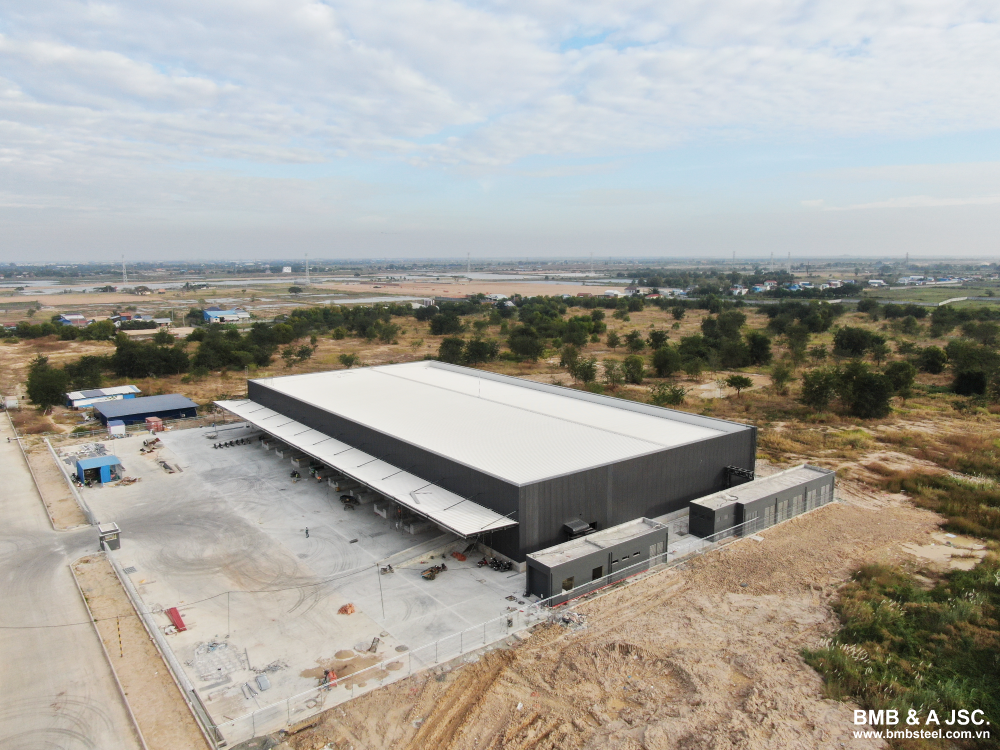
Integrated and safe steel structure - Material selection and testing: This process involves meticulous material selection and testing to ensure high standards and performance. Manufacturers and suppliers must provide certified materials with proper documentation, such as mill test reports, to validate steel properties.
- Fabrication and welding quality: This step involves monitoring fabrication procedures, ensuring proper fit and alignment of steel members, and conducting inspections and tests to verify weld quality. By adhering to these measures, issues like welding defects, dimensional inaccuracies, or improper assembly can be identified and corrected.
- Inspection and testing: This process involves regular inspections and testing to detect any deviations or defects. Various methods are employed, including visual inspections, non-destructive testing techniques like ultrasonic testing or magnetic particle inspection, and destructive testing like tensile or impact testing.
- Coating and corrosion protection: This quality control stage involves proper surface preparation, adherence to manufacturer guidelines during coating application, and conducting tests for adhesion and coating thickness. By implementing these measures, the steel structure is safeguarded against environmental elements that can cause corrosion and deterioration.
- Documents and traceability: This step involves comprehensive documentation and traceability. This includes records of material certifications, inspection reports, test results, and deviations or corrective actions taken. Proper documentation ensures accountability and facilitates future maintenance and quality assurance.

Working on documents and traceability
Above is some information regarding the role of quality control in steel structure construction. Hopefully, this article has provided you with helpful information. Visit BMB Steel’s website to read more about pre-engineered steel buildings and steel structures. You can also contact us for design consulting and steel production services.










